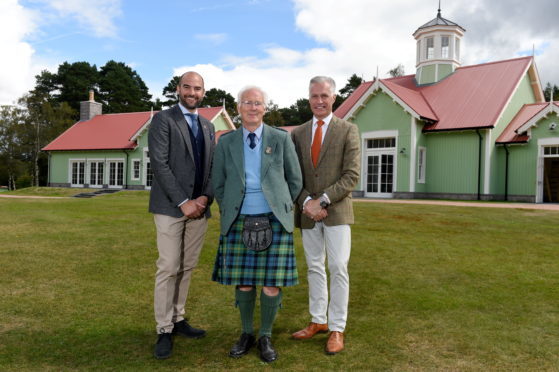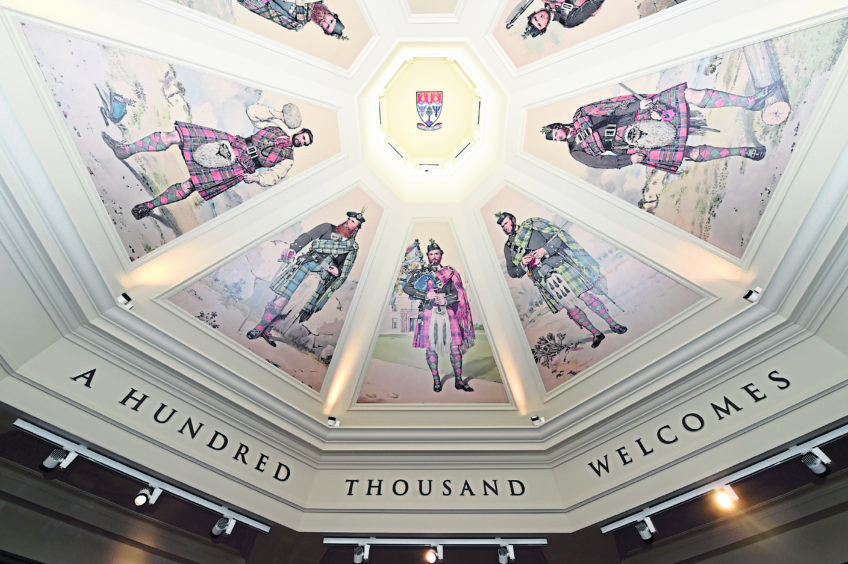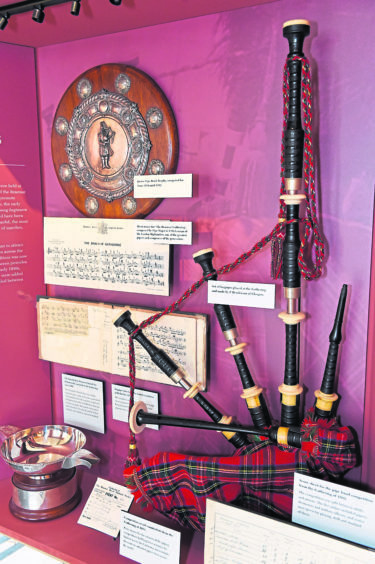Braemar Gathering is one of the oldest Highland Games events in the world. Stephen Walsh learns how a new heritage centre is aiming to preserve global games culture for future generations
It is one of Scotland’s greatest cultural exports, with annual events taking place across the world.
And now a lasting monument to the Highland Games is to be officially unveiled by the Queen and Prince Charles this weekend.
The £2.5 million Duke of Rothesay Highland Games Pavilion is a museum dedicated to the history and future preservation of the traditional sports and the first of its kind in the world.
Named after the duke in tribute to the support of his charity, The Prince’s Foundation, the project has been driven forward by Braemar Royal Highland Society for the past seven years.
The majority of the items exhibited within come from the organisation’s 200-year-old archive – the society was formed in 1815, making it the oldest friendly society in the world.
Others have been donated by local people and yet more from across Scotland, while a number of local businesses have contributed money to the scheme.
The site overlooks the Princess Royal and Duke of Fife Memorial Park, where the annual Braemar Gathering will take place on Saturday.
Thousands of people will get their first glimpse of the building when they arrive to attend the hugely popular event.
The exterior of the building has been painted in the same red and green colours as the arena stand to give the impression that it has been there for many years.
But it is inside where the real interest lies, with archives dating back hundreds of years now available to the public.
The contents include items from gatherings of the past, such as medals and trophies, as well as documents from the society. Away from the archives, the centre also incorporates a cafe and gift shop, an exhibition hall and a gallery, which together aim to tell the history of the games, both locally and internationally, and the village’s links to the Royal Family.
There is also a new office for the society.
When visitors step through the door of the centre one of the first features they will notice are the paintings on the ceiling – all recreations of Kenneth Macleay’s Highlanders of Scotland.
The works were commissioned by Queen Victoria and are part of the Royal Collection.
Below them are lifesize model soldiers clothed in authentic uniforms – some original – from the Balmoral, Lonach, Atholl, Duff and Invercauld Highland regiments which once marched at the early gatherings.
They were sourced through the help of the Scottish Tartans Authority, which has been a major supporter of the project.
David Geddes, president of the Braemar society, said it had been a long road to get to where they are now.
He said: “I feel a great sense of relief.
“It has been a long process getting to where we are and I’m delighted all the work is coming to fruition.
“The exhibits include items that we’ve had on shelves in storage for many years, together with items that are still used and others we’ve received by way of loans.
“Hopefully this will mean that the heritage of the society and the games is protected for many years to come.
“We have an archivist dealing with storing all the materials that we have.
“The Royal Family has been a very important part of our gatherings here since the days of Queen Victoria.
“The connection was first made in 1848 and we’re very proud of that.
“We hope the items that people see will encourage them to go to other Highland games across Scotland. It’s not just about Braemar.”
The Queen and the duke will cut the ribbon on the centre on Saturday while they attend the games.



